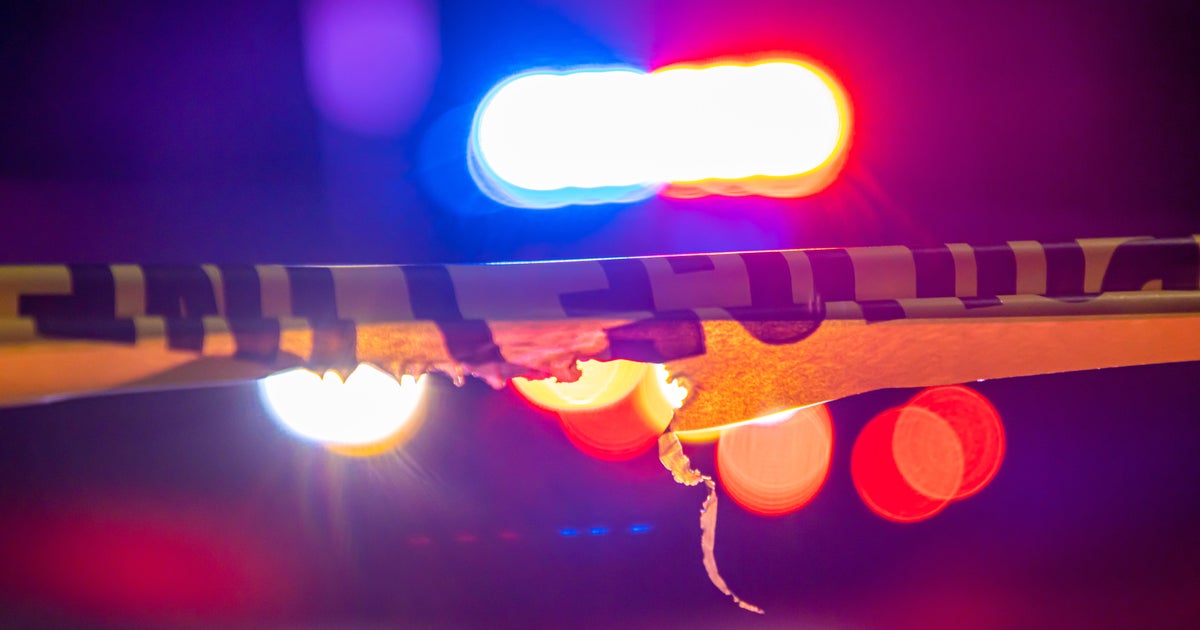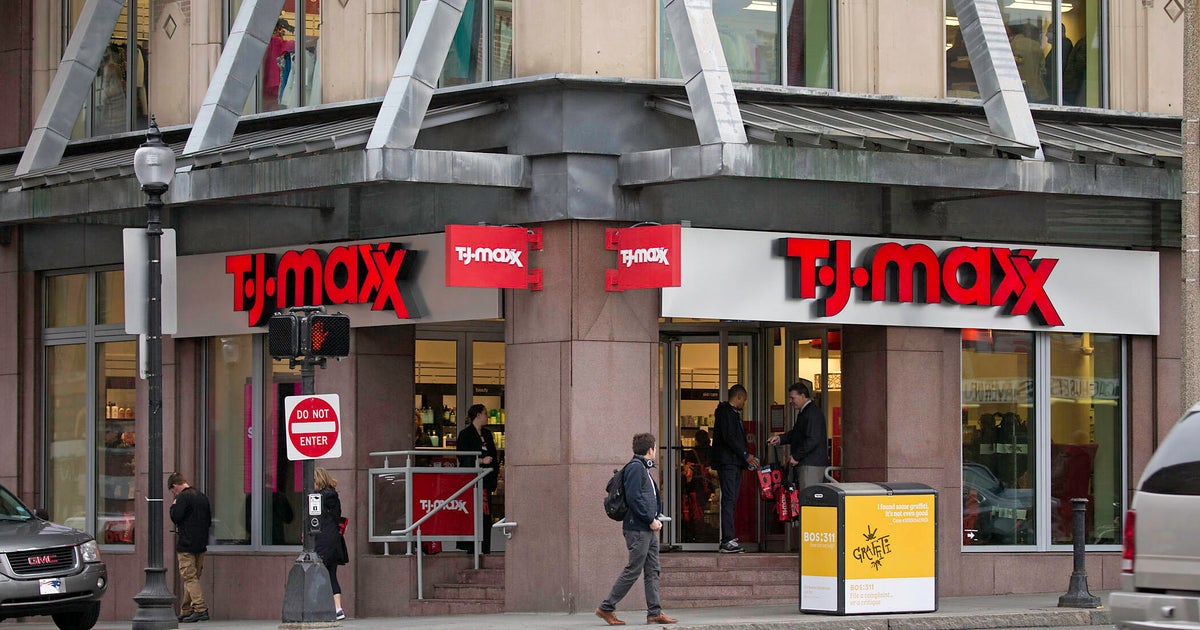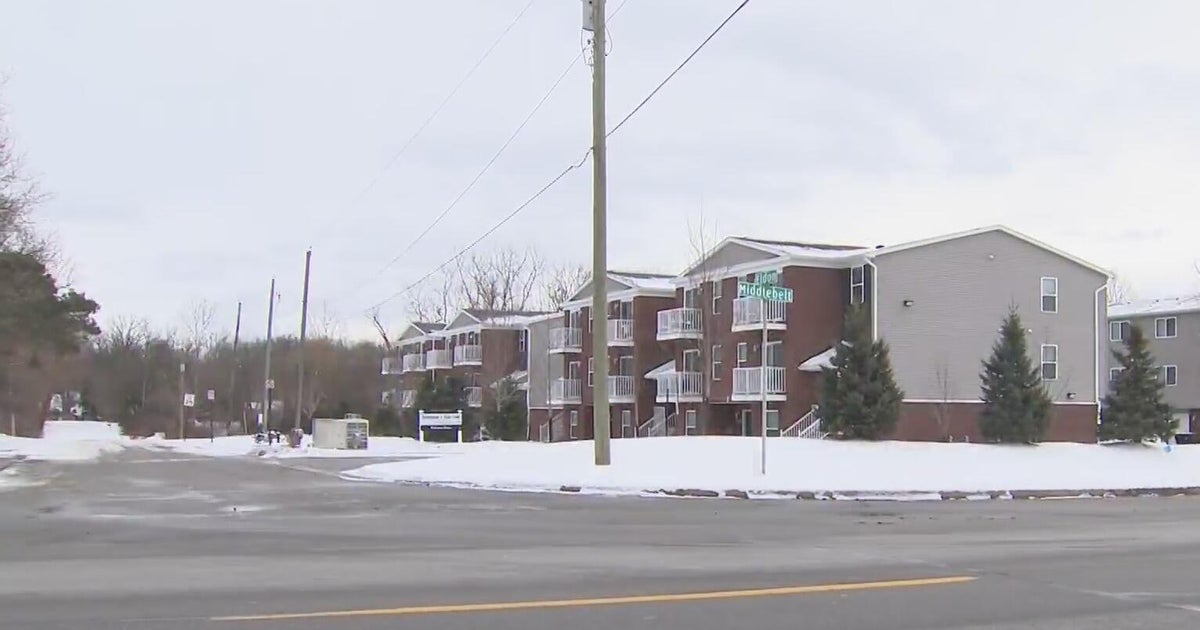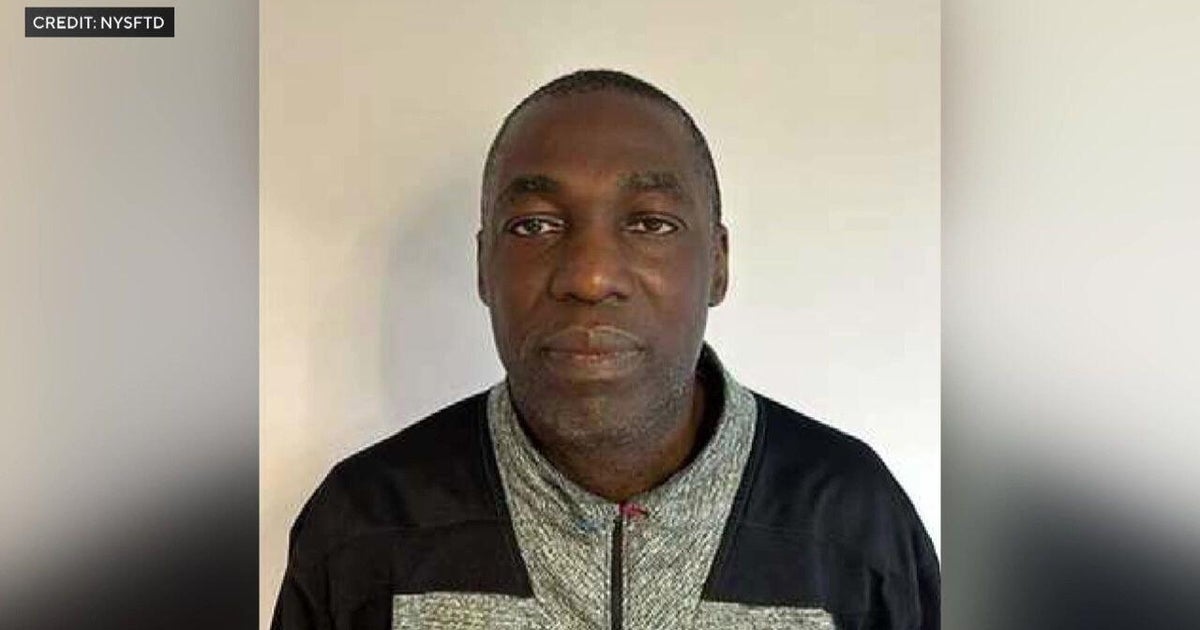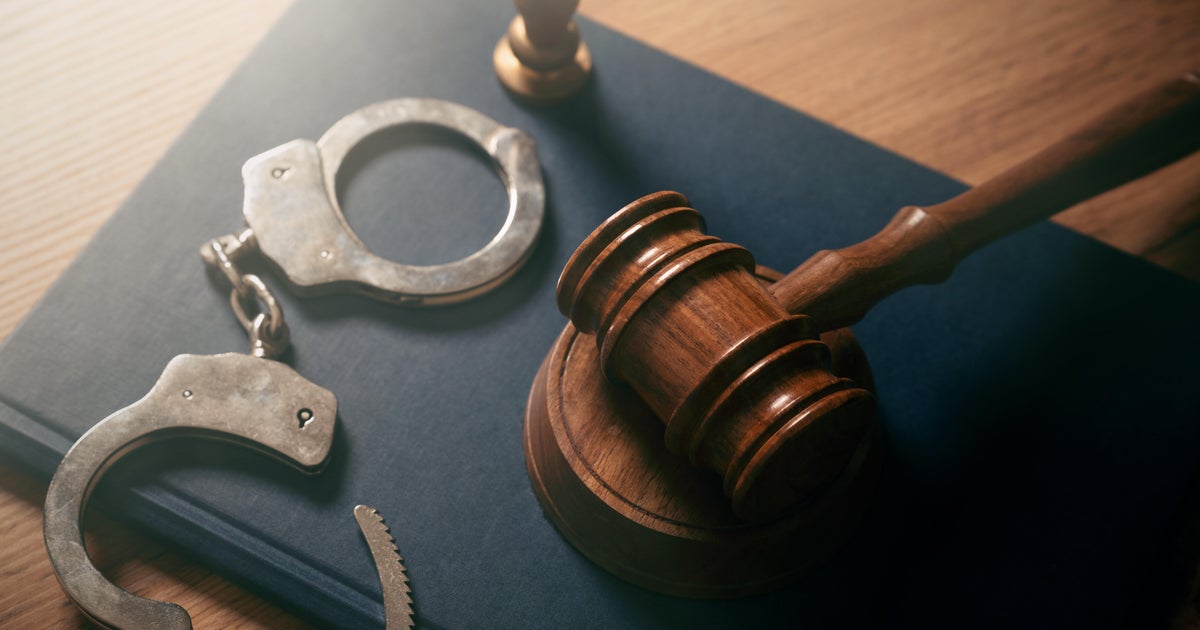Timeline: The Case Of The Boston Strangler
BOSTON (CBS/AP) -- One of Boston's most notorious cold-cases got a jump start Thursday as Suffolk County District Attorney Dan Conley said new DNA technology has allowed investigators to link longtime suspect Albert DeSalvo to the last of the 1960′s murders attributed to the Boston Strangler.
Here's a look back at the case, which started in 1964.
Main events in the case of the Boston Strangler:
Jan. 4, 1964 — Mary Sullivan, 19, the last of the 11 victims, found murdered in her apartment in the Beacon Hill section of Boston.
1965 — Albert DeSalvo, a factory worker being held on unrelated charges, confesses to the Strangler's 11 killings and two others. He never is charged with them.
1973 — DeSalvo killed in prison by another inmate.
July 1999 — Boston police reopen the Strangler case, hoping to use DNA technology to analyze evidence from the crimes.
Sept. 14, 2000 — The DeSalvo and Sullivan families sue local and state authorities in Massachusetts to force investigators to turn over crime scene evidence they say will prove DeSalvo's innocence.
Oct. 14, 2000 — Sullivan's remains exhumed for DNA testing.
Oct. 20, 2000 — Massachusetts Attorney General Thomas Reilly says his office will do new DNA tests on evidence from Sullivan's slaying.
Oct. 26, 2001 — DeSalvo's body exhumed for DNA testing.
Dec. 6, 2001 — Forensic scientists announce that DNA evidence taken from Sullivan's body does not match DeSalvo's DNA.
Dec. 24, 2001 — Judge says state doesn't need to share forensic evidence with the DeSalvo and Sullivan families because the investigation into the killings remains open.
July 11, 2013 — Suffolk District Attorney Daniel Conley says advances in DNA technology have allowed investigators to link DeSalvo to Sullivan's killing. Conley says the DNA produced a "familial match" with DeSalvo, and he expects an exact match once DeSalvo's remains are re-exhumed.
